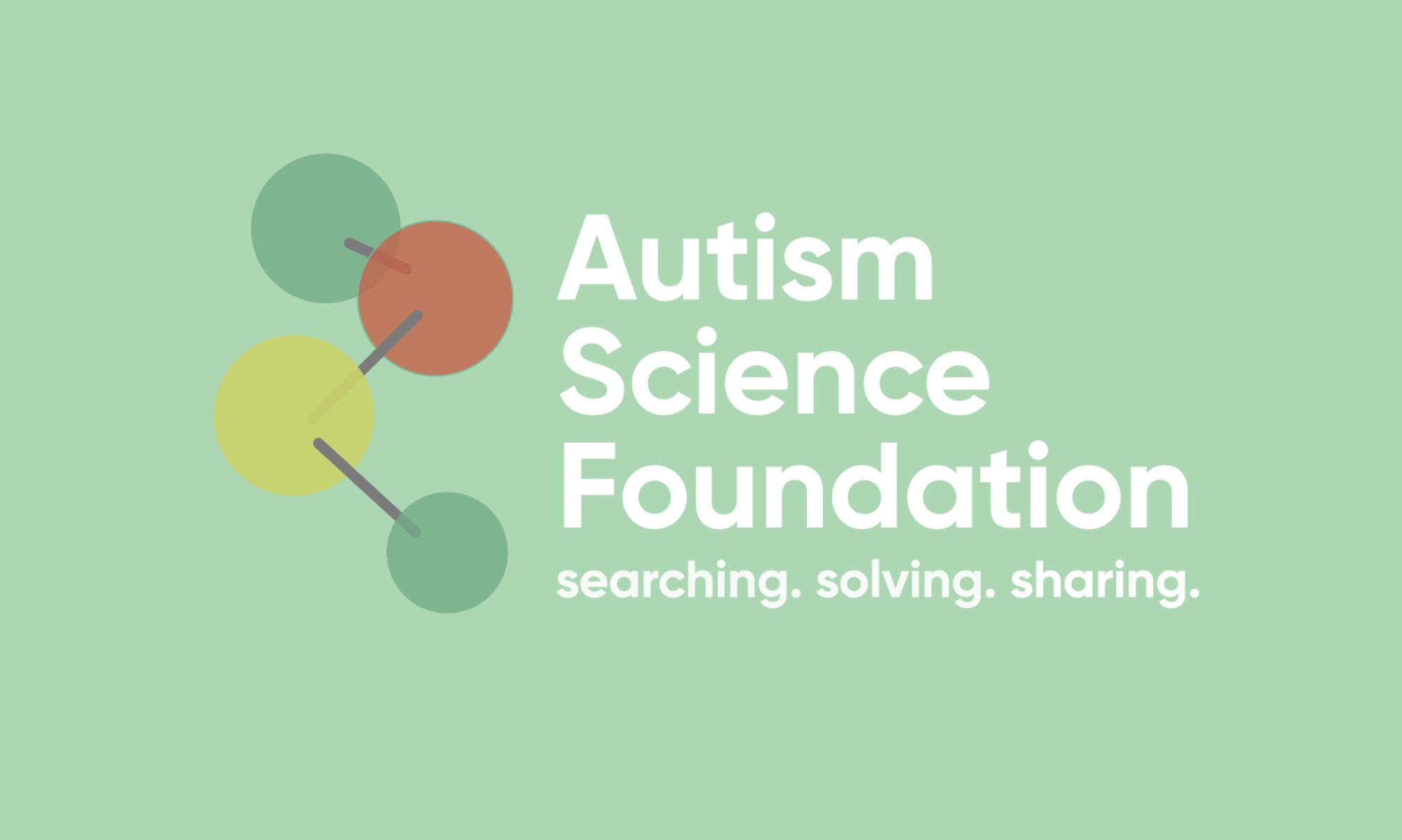Podcast: Play in new window | Download
Subscribe: RSS
This week the Infant Brain Imaging Study, or IBIS, published it’s 2nd study on the emergence of changes in the brains of individuals with autism. While red flags for autism can be seen early, a diagnosis of autism is not typically made until after 24 months of age. Using a baby sibling research design, scientists showed increases in the size of certain areas of the brain between 6-12 months. This opens up opportunities for even earlier diagnosis of ASD in the future. Also, a group at Stanford shows the emergence and disappearance of co-morbid symptoms in autism, such as epilepsy, schizophrenia and ADHD, which are dependent on sex and age. Together, these studies show that autism begins very very early and symptoms and behavioral and biological features change over time.

